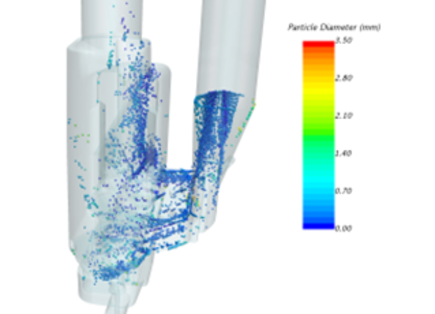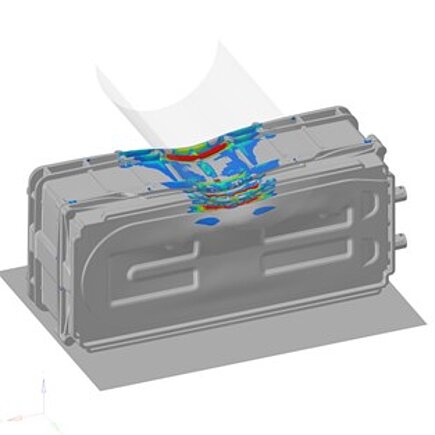Mastering the challenges of new mobility

Hybrids, pure electric drive, fuel cells or synthetic fuels; each mobility concept has its own pitfalls, unresolved issues and particular technical challenges.
Electromobility is highly traded and strongly promoted politically. Nevertheless, alternative drive systems such as fuel cells or synthetic fuels are far from being out of the running. In the case of e-mobility, the range and high prices will ease somewhat. In purely physical terms, however, a quantum leap is not to be expected here.
There is currently no agreement among OEMs on the right path to take. For this reason, developments are continuing in all directions so that we are ready when the decision is made. In order to cap development costs without sacrificing development progress or speed, simulation calculations are the first choice. Both structural mechanics and flow simulations and the combination of fields can raise and answer questions close to reality.
"We deal intensively with the various topics of electric drive, battery and fuel cell in our simulations. For e-mobility, the uniform temperature control and cooling of the cells are significant. Crash behavior offers a completely new field for all technologies, and for hydrogen, the seals in the vehicle play an even more important role under a wide range of environmental conditions," says Stefan Merkle, managing director of Merkle & Partner GbR. According to Merkle, many questions can be answered by simulation technology. It is also not uncommon for problems to be identified via simulation that would otherwise only have arisen after longer real tests. In this way, valuable time could be saved and development work done even before real testing.
"Especially with complex issues - and these are the rule with mobility concepts - we can deliver detailed and well-founded results by combining different types of calculations such as geometry, structural mechanics or flow. In my opinion, competently performed simulation calculations will be decisive in determining who will shape the mobility of the future and, of course, in what way," says Stefan Merkle.


